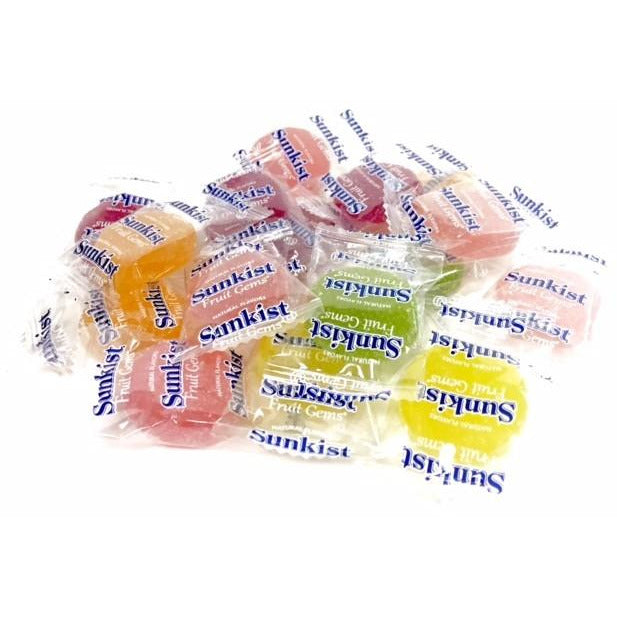

But in 1909, after Sunkist learned that merchants were selling non-Sunkist oranges as Sunkist, it began to offer consumers a free Sunkist-branded spoon in exchange for mailing in twelve Sunkist wrappers. In an effort to distinguish Sunkist oranges from others, the CFGE wrapped its oranges in paper stamped with the Sunkist brand. It also launched the Sunkist brand: the ad agency Lord & Thomas originally proposed using the adjective "sun-kissed" to describe the CFGE oranges the word eventually used in the campaign was Sunkist, made up by the agency so it would be easier to defend afterwards as a trademark. The March 1907 campaign, which marketed oranges to Iowans as "healthy" and "summery," resulted in a 50% increase of orange sales in that state. In response, in 1907 the CFGE approved the first-ever large-scale advertising campaign aimed at advertising a perishable commodity.

By 1907, California was producing five times the quantity of oranges it had been fifteen years earlier, and orange production was continuing to grow as newly planted orange groves began to bear fruit.

In its early years, the primary problem facing the California citrus industry was an oversupply of fruit. The Sunkist brand Fruit crate label for Sunkist California Oranges It later formed the Sunkist's Exchange By-Products Company, which developed markets for products such as citric acid, sodium citrate, lemon oil, pectin, orange oil and orange pulp. In 1907, it formed the Fruit Growers Supply Company to supply growers with materials such as radios, tires, shooks for fruit crates, insecticides, and fertilizers at wholesale prices. In 1906, the CFGE launched the Citrus Protective League, a lobbying arm. Since inception, the organization has significantly expanded its activities. The main purpose of the cooperative is to create systems enabling fruit from multiple growers to be efficiently harvested, sorted into various sizes and grades, and packed and shipped across the United States, in response to shifting demand. Individual growers belong to a local organization local organizations belong to a district organization, and district organizations belong to a central organization. Sunkist has three levels of organizational hierarchy: local, district, and central associations. In 1952, it changed its name to Sunkist Growers, Inc. By 1905, the group represented 5,000 members, 45% of the California citrus industry, and renamed itself the California Fruit Growers Exchange. The exchange initially included growers from Los Angeles County, Orange County, and Riverside County, and later expanded to growers and groves in San Bernardino County and Ventura County. It originally represented only growers of oranges: in 1896 lemon growers joined as well. Dreher (1877–1964), and several other prominent citrus farmers and land owners formed the Southern California Fruit Exchange in Claremont, a small college town near Los Angeles. Dreher and his son, the "father of the California citrus industry" Edward L. The economic depression that began in 1893 worsened farmers' situations, and intensified their desire to self-organize to their own benefit. In the late 1880s, California citrus growers began organizing themselves into cooperatives, with the goal of increasing profits by pooling their risk and increasing their collective bargaining power with jobbers and packers. History Women packing oranges at the Sunkist packing plant, Redlands, California, 1943 It is the largest fresh produce shipper in the United States, the most diversified citrus processing and marketing operation in the world, and one of California's largest landowners. Through 31 offices in the United States and Canada and four offices outside North America, its sales in 1991 totaled $956 million.

It is currently headquartered in Valencia, California. Sunkist Growers, Incorporated is an American citrus growers' non-stock membership cooperative composed of 6,000 members from California and Arizona.


 0 kommentar(er)
0 kommentar(er)
